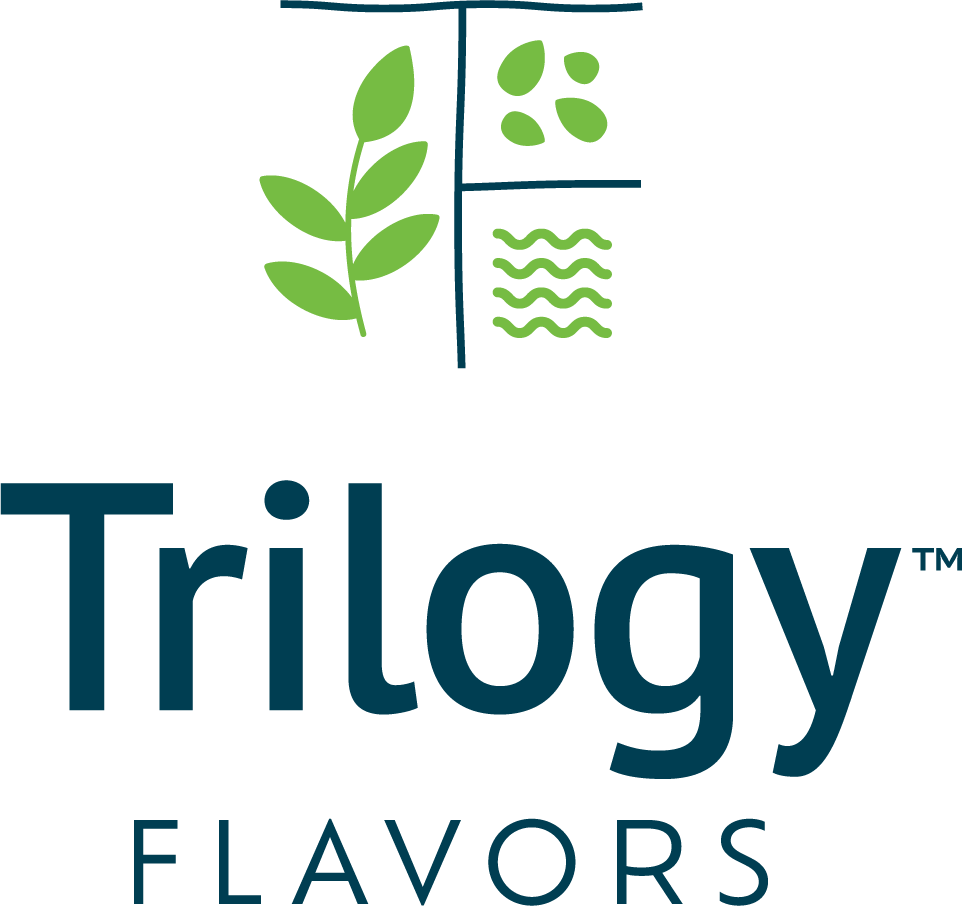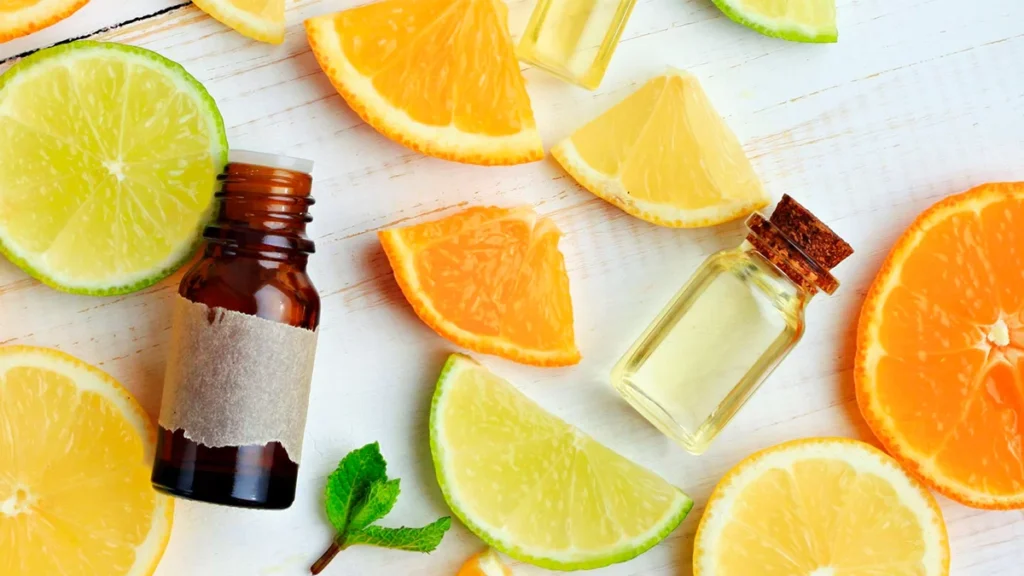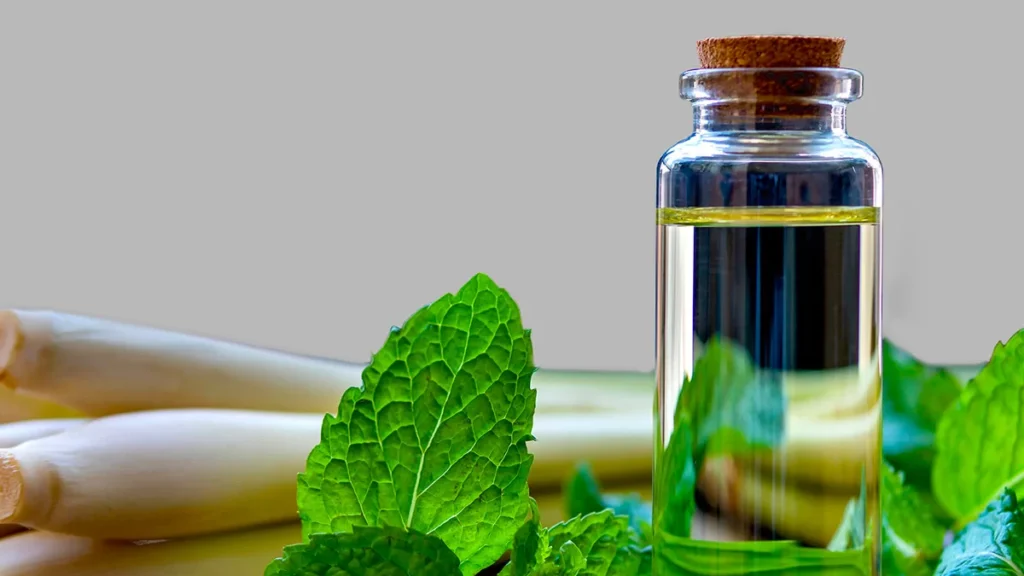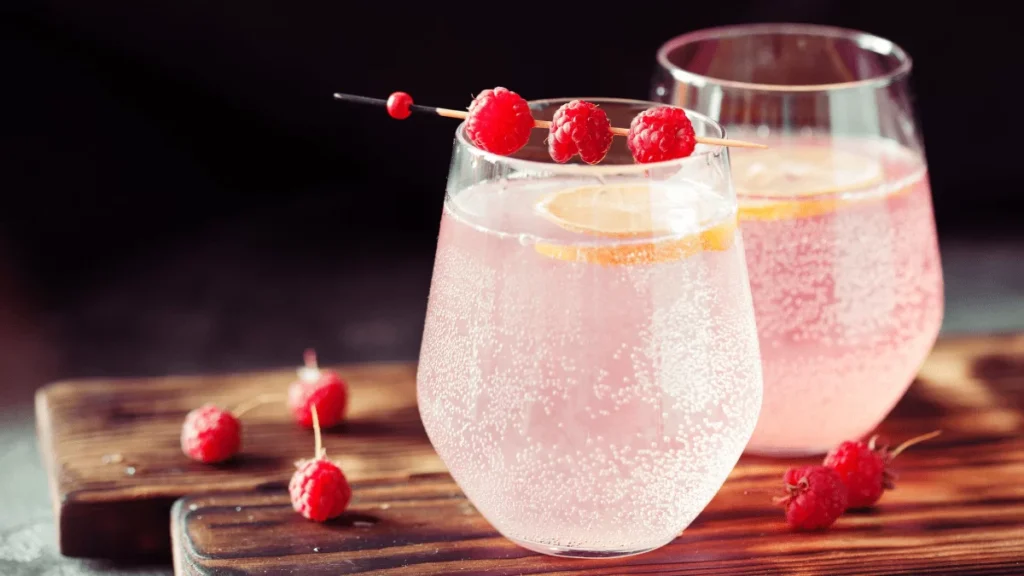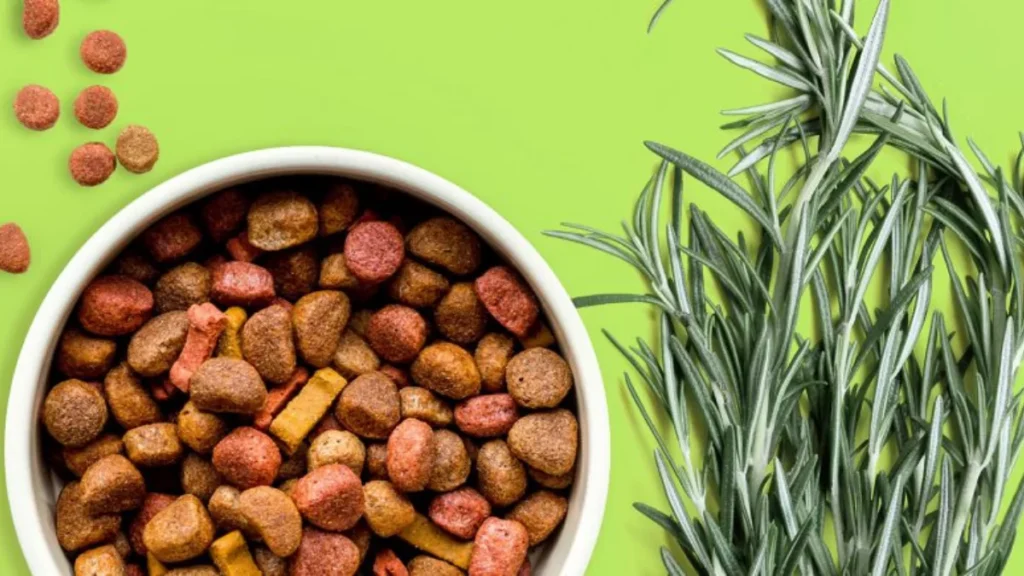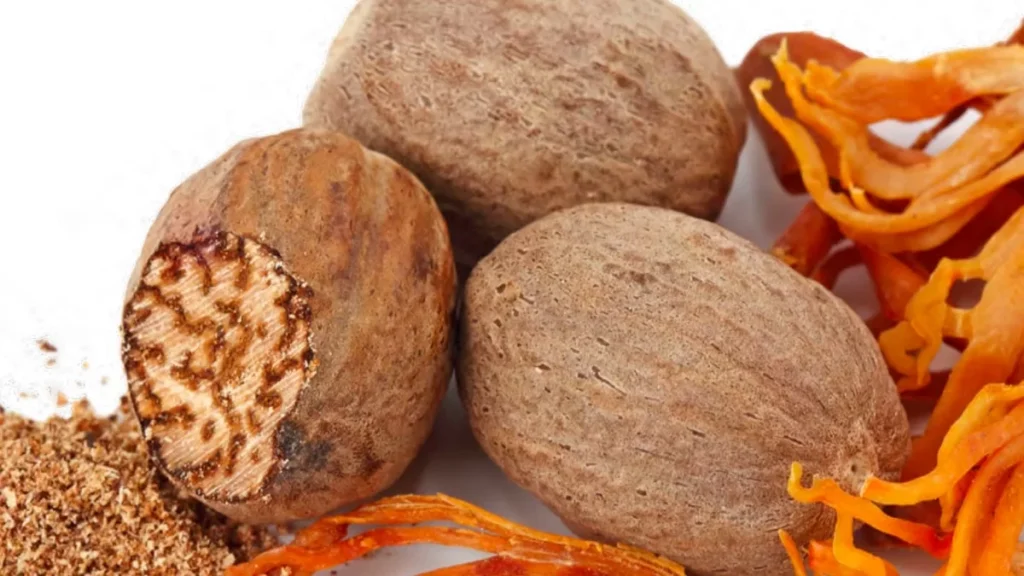FOOD AS MEDICINE
In recent years, consumers have upped their health and wellness game. According to Innova Market Insights1, 1 in 3 consumers globally say health and well-being is a top spending priority beyond living essentials. They perceive food as medicine and seek functional food and beverages, which offer added benefits beyond basic nutrition, such as protein, fiber, prebiotics, and probiotics. In 2024, global food and beverage launches with functional nutrition claims accounted for 15% of total food and beverage launches, according to Innova2. 49% of shoppers of all ages say they consume certain foods to prevent a health issue, while 44% consume foods as a form of treatment when they’re experiencing a health condition, per 84.51°3. According to the Business Research Company4, the global functional beverages market will grow from $164.8 billion in 2024 to $220.93 billion in 2029 at a CAGR of 5.9%. The Business Research Company5 also estimates the global functional foods market will increase from $281.3 billion in 2024 to $466.78 billion in 2029 at a CAGR of 10.3%. Innova’s research6 showed that nearly 60% of U.S. consumers say that information about healthy food is important to them. Additionally, 46% of consumers globally eat a healthy diet to live healthily and 33% eat a balanced diet to age healthily2. Lifesum7 surveyed Gen Z and Millennials to gather interest in functional foods and health. 73% of Gen Z and Millennials prefer food that provides sustained energy, while 65% prioritize a diet to support a healthier gut microbiome, and 61% choose foods that positively impact their mental wellness. 46% consume foods for healthier skin, while 43% choose foods to support better hormone health. Individuals of all generations are on a health journey, seeking functional foods and beverages to support their physical and mental well-being. Functional ingredients such as protein, fiber, and prebiotics are in demand as consumers create personalized nutrition plans.
PROTEIN POWERS UP
Protein is known to help satiate one’s hunger, support muscle health, regulate metabolism, and boost focus. Protein is a star functional ingredient on trend that consumers seek. According to SPINS8, products with 15 or more grams of protein have topped the $4.9 billion mark in sales and high protein categories are enjoying 9.3% annual growth. In 2024, 61% of American consumers significantly increased their protein consumption compared to 48% in 2019, according to Cargill’s 2025 Protein Profile9. Data from the 2024 Food & Health Survey by the International Food Information Council (IFIC)10 echoed this sentiment. The number of consumers trying to consume protein continues to rise: 59% in 2022, 67% in 2023, and 71% in 2024. Unsurprisingly, more than one in two U.S. consumers (57%) consult protein labels. NIQ Omnishopper data11 for the 52 weeks ending February 22, 2025, showed a 30% household penetration in protein drinks. For the 52 weeks ending March 22, 2025, protein drinks were up 22.5% in dollars.
To meet consumer demand, brands are developing protein-rich products that range from beverages to snacks and even ice cream. For example, Clean Simple Eats (CSE) debuted Frosted Lemonade Clear Protein Soda at Expo West. The RTD soda contains 20 g of ultra-filtered whey protein isolate per can. Three more Protein Soda flavors are in the pipeline and are expected to launch in the coming months. Sports nutrition brand Don’t Quit has developed a line of protein sodas using a carbonated, ready-to-drink protein patent. Launching in July, Don’t Quit will be offered in Fruit Punch, Grape, Orange, and Root Beer with plans to roll out future flavors, including licensed soda flavors, later this year. Kindling Snacks offers pretzels that are non-GMO, soy-free, and free from artificial flavors. These pretzels are made with 100% whole grain, contain 8-9 g of protein, and are available in four flavors: Dill Pickle, Garlic Parmesan, Honey Mustard, and Sea Salt. Khloé Kardashian launched Khloud Protein Popcorn in three varieties: Olive Oil & Sea Salt, Sweet & Salty Kettle Corn, and White Cheddar, each with 7 g of protein per serving. The products are non-GMO, gluten-free, kosher, crafted without seed oils, and made from whole-grain corn kernels. Thomas’ brand by Bimbo Bakeries has entered the segment with Thomas’ High Protein Bagels in Plain and Everything flavors. The bagels are formulated with 20 g of protein per bagel and use a plant-based protein blend of soy protein isolate, pea protein isolate, and fava bean protein. In the UK, Kellogg’s added High Protein Bites to its cereal range, sold exclusively at Sainsbury’s. Available in a Choco Hazelnut, the cereal is high in fiber, non-HFS, and contains 21% plant-based protein. Smearcase by FroCo is a high-protein ice cream crafted from cottage cheese, milk, cane sugar, liquid milk protein, pectin, and collagen. It is offered in Mocha Joe Coffee, Peanut Butter, and Vanilla Bean flavors and contains between 39 g to 44 g of protein per serving. Two Spoons Creamery released a line of high-protein ice cream sweetened with allulose, making it “the first of its kind to contain zero added sugar and features ingredients compatible with GLP-1 medications.” The ice cream is available in four flavours: Caramel Swirl, Fudgy Brownie, Rocky Road, and Strawberries & Cream, each boasting 30 g of protein per serving.
Protein food and beverages are in high demand. Trilogy Flavors creates liquid and powder flavors for protein products in a variety of delivery systems like emulsions and compounded flavors. Our protein flavors can satisfy clean label, vegetarian, kosher, and halal requirements. Contact us today or request your samples.
FIBER FOCUSED
Like protein, consumers look to incorporate more fiber into their diets for digestive health, weight management, and overall wellness. According to Innova6, fiber is the second most chosen functional ingredient, slightly behind protein, with two in five consumers highly interested in fiber-providing ingredients. IFIC’s research10 found that 64% of respondents actively try to eat fiber and 92% aim to get it from food. Innova’s data1 showed “high/source of fiber” as a growing claim with 32% penetration of global packaged food and beverage launches in 2024. SPINS research12 suggests that “fiber [is] often rebranded as prebiotic and closely linked with gut health” and is prominent in beverage innovation. Consumers’ interest in gut/digestive health is apparent with over 26 million Google searches for probiotics, prebiotics, and gut health in the last year13.
Functional carbonated beverages are a popular vehicle for prebiotics. Better-for-you soda brands such as Poppi and Olipop have dominated the prebiotic beverage space. However, the shelves are getting crowded with newcomers like Popwell by Talking Rain, the maker of Sparkling Ice, and Simply Pop by Coca-Cola. Two notable recent product launches that focus on fiber, aside from sodas, are cereals and bars. Magic Spoon debuted High Fiber Protein Cereal at Whole Foods Market in four flavors: Cocoa, Cinnamon Toast, Fruity, and Honey Nut. The cereal contains 13 g of plant-powered protein and 6 g of prebiotic fiber. New fiber-rich brand Floura & Co was founded by Jeni Britto of Jeni’s Splendid Ice Creams with a “mission to address two challenges: the massive fiber deficiency affecting 95% of Americans and the 80 million tons of food wasted annually in the United States.” The high-fiber Floura Fruit Crush Bars are nutrient-dense made with upcycled fruits like watermelon rinds and seed free apple cores. Available in Blueberry Matcha, Brambleberry Lavender, Mango Cardamom, Raspberry Rose, and Vanilla Rooibos flavors, each bar delivers 13 g of fiber from 12 whole plants.
Consumers are recognizing the relationship between gut health and overall health, including mental health. Individuals will continue to seek food and beverages enhanced with fiber, prebiotics, and probiotics. From better-for-you sodas to snack bars, Trilogy Flavors offers tasty flavors to support your fortified fiber formulas. Contact us today to discuss your needs and request your samples.
PERSONALIZED NUTRITION
According to IFIC10, 54% of consumers follow a diet or eating pattern. The most common diets are high protein 20% and mindful eating 18%. Consumers globally recognize the connection among diet, nutrition, personalization, and health. 60% of consumers support the efficacy of personalized nutrition plans and 58% use nutrition plans to address health and lifestyle issues. To ensure individuals’ targeted nutrition intake, 47% of consumers consume regular food and beverages, 35% take supplements, 33% eat nutrition-fortified food, and 21% drink nutrition-fortified beverages, according to Innova2. With the rise in GLP-1 weight-loss medications, consumers are focused on nutrient-dense foods tailored to individual needs. According to AMC Global and OpinionRoute, LLC14, GLP-1 users are gravitating toward functional foods with added benefits. More than 80% are actively seeking products enriched with vitamins, fiber, and gut-health boosters. Some 60% are seeking protein-rich foods. Brands are recognizing this new need and creating targeted products. For example, Nestle introduced its Vital Pursuit frozen food brand, specifically designed to support GLP-1 consumer diets. Mintel15 suggests that “simplified claims that highlight protein, fiber, vitamins, and mineral content will appeal to people who are using weight-loss drugs, as well as the majority of consumers who define their diets based on their individual needs and how food makes them feel.” They expect to see an increase in nutrient-dense product innovations to improve short- and long-term health.
Trilogy Flavors specializes in creating unique, high-quality flavors tailored to your needs. Regardless of what fortified food or beverage formula you are crafting, reach out to collaborate and give consumers what they want.
Sources:
- Innova Market Insights 360 Flavor Report From Cactus to Hibiscus: The Global Growth Of Functional Flavors 2025
- Innova Market Insights 360 Flavor Report Consumers’ Attitude to Functional Health – Global 2025
- https://www.8451.com/knowledge-hub/insights-and-activation/food-as-medicine-shopper-perceptions-unpacked/
- https://www.thebusinessresearchcompany.com/report/functional-beverages-global-market-report
- https://www.thebusinessresearchcompany.com/report/functional-foods-global-market-report
- https://www.innovamarketinsights.com/trends/fiber-and-prebiotic-trends-in-the-us/
- https://www.thefutureofhealth.co/p/7-emerging-trends-in-functional-food
- https://progressivegrocer.com/4-natural-product-trends-worth-watching
- https://www.cargill.com/meat-poultry/the-2025-protein-profile
- https://foodinsight.org/wp-content/uploads/2024/06/2024-IFIC-Food-Health-Survey.pdf
- https://www.bevindustry.com/articles/97472-functional-benefits-remain-central-to-sports-protein-drink-market-growth
- https://www.spins.com/resources/blog/expo-west-2025-key-trends-and-takeaways/
- https://www.conagrabrands.com/files/future-of-frozen-report-2025
- https://www.preparedfoods.com/articles/130432-glp-1-medications-drive-shifts-in-food-and-beverage-market
- https://www.mintel.com/press-centre/mintel-announces-global-food-and-drink-trends-for-2025/
